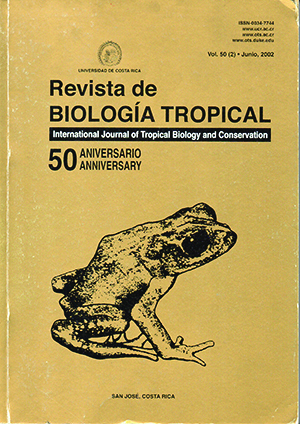Abstract
Female resistance behavior that occurs prior to intromission does not by itself imply forced copulation. Such behavior may function instead as a test of the male in order to favor some males over others, or to induce the male to desist. Thus, male persistence and forcefulness may sometimes be better described as persuasion rather than coercion. Under the persuasion hypothesis, the male only gains intromission due to an active response of the female. Under the coercion hypothesis, male and female are opposed in a physical battle which the female loses if copulation occurs. In species in which males are morphologically incapable of forcing intromission without active female cooperation (I argue here that this is probably a very common situation), data on the behavioral and ecological context in which resistance occurs can distinguish between the two possibilities. Partially congruent functions of resistance, seen from the female point of view, are female resistance to screen (male persuasion), and female resistance to avoid males non-selectively (male coercion). Sepsid flies illustrate these ideas. Females often struggle energetically in apparent attempts to dislodge mounted males and to prevent intromission, and males grasp females with powerful species-specific structures on their front legs and genitalia. This suggests the possibility of coerced intromission. But behavioral and morphological evidence demonstrate that active female cooperation occurs at the moment of intromission, and that males are probably dependent on this cooperation because they are not morphologically equipped to force their genitalia into those of an uncooperative female. Despite the impression from previous publications, male insects in general may seldom be able to achieve intromission by genitalic force. The species-specific forms of the grasping genitalia of male sepsids are probably not the result of an evolutionary arms race between coercive males and unselectively resistant females
This work is licensed under a Creative Commons Attribution 4.0 International License.
Copyright (c) 2002 Revista de Biología Tropical
Downloads
Download data is not yet available.

